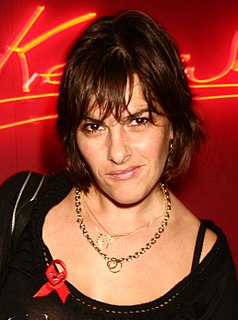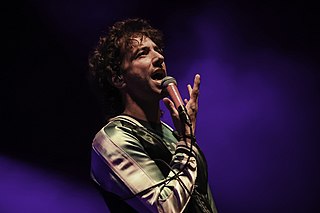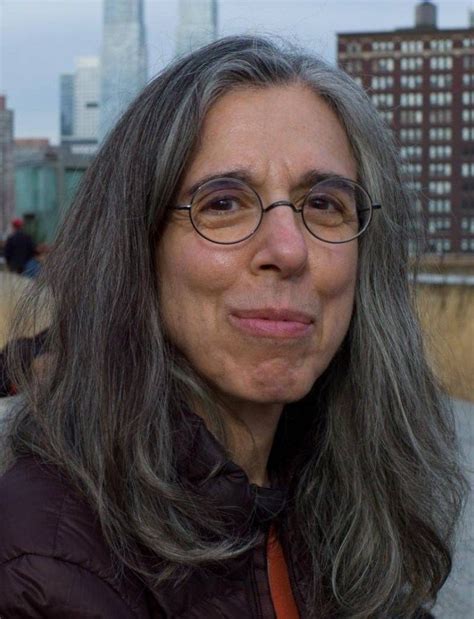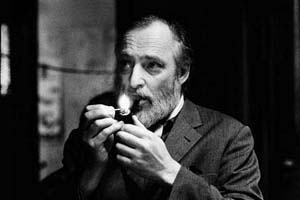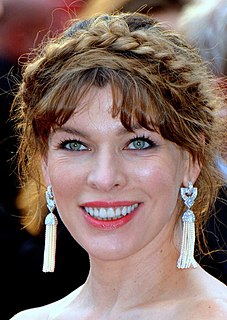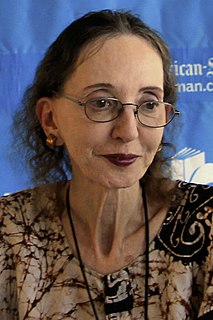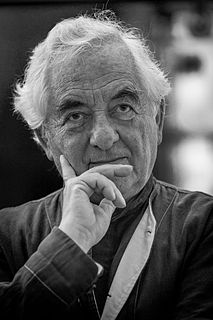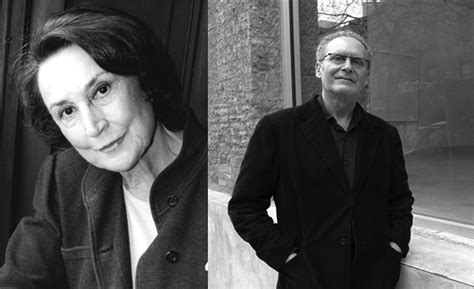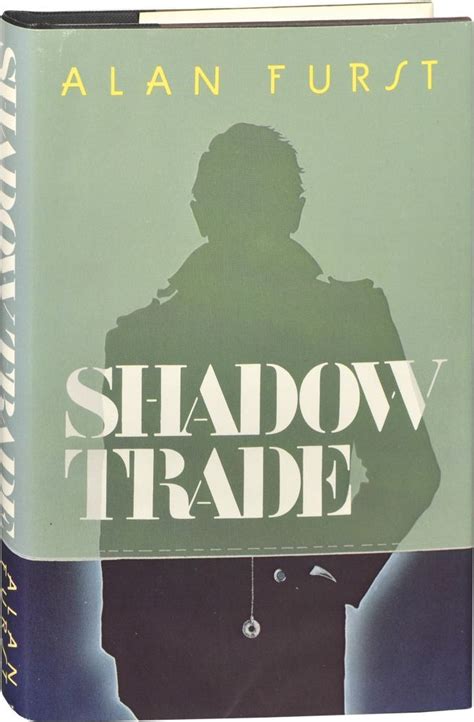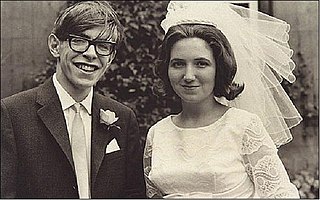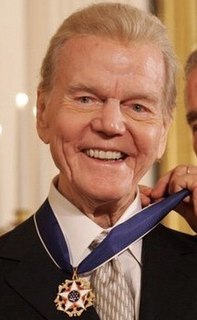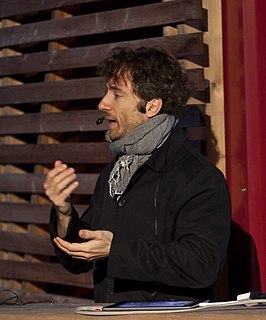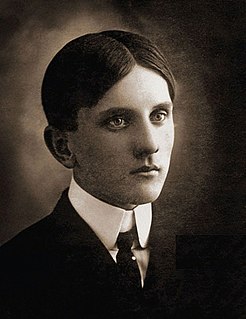A Quote by Tracey Emin
My influences were from Europe from between 1900 and 1945. My favorite artists were Egon Schiele or Edvard Munch. I wasn't interested in contemporary art at all.
Related Quotes
Egon Schiele is my favorite painter. There's just something about art - photography, painting, music, plays - whatever you see, sometimes there's a gut reaction that's more important or more visceral than what your brain is thinking about. You can't explain that reaction. It's like what happens when you fall in love.
I think the entrepreneurial activities that make art visible and attractive are what lure people into the amusement park that SoHo has become or that Bushwick or Williamsburg has become. It's not that outsiders come to an area because they hear artists are living there. A lot of people came who were not that interested in living with artists, but they were interested in living like artists and socializing the way that they thought artists socialized.
My work is based on a tradition quite distinct from the Eckersberg tradition, a Nordic line of development that had never been clearly and consistently defined in the literature on art. This line is not a straight one; it has the strangest and most fascinating twists and curves, and includes such artists as Edvard Munch, Ernest Josephson, Hill, Hansen Jacobsen, Johannes Holbek, Jens Lund, and Emile Nolde. Not all of them equally well known.
To write a novel is to embark on a quest that is very romantic. People have visions, and the next step is to execute them. That's a very romantic project. Like Edvard Munch's strange dreamlike canvases where people are stylized, like 'The Scream.' Munch must have had that vision in a dream, he never saw it.
During the last 35 years, the artists multiplied, the public grew enormously, the economy exploded, and so-called contemporary art became fashionable. All these parameters changed the art world form its previous aspects and fundamentals - the explosion of museums and institutions, explosion of Biennales and Triennials, explosion of money, explosion of interest, explosion of artists, explosion of countries interested in contemporary exhibitions, explosion of the public. Not to see that is to be more than blind.
What's happening in the larger world always influences art. When I first started the gallery in 1959, one of the first things I learned was that most people assume artists know one thing and one thing only - that they were idiot savants. I found very quickly that most artists were very informed and very aware of what was happening in the world around them. So all of those things go together, especially for earthworks. And at that time there was such an intense interest in American art. So there was a great deal of attention paid to where it was going.
Norman Rockwell spent his career painting pictures that helped people understand their own feelings...pictures that enriched their own experiences and celebrated their own lives. But the art establishment branded him an 'illustrator', a sentimental one at that. Real artists, they said were doing art for art's sake, not for the sake of the bourgeois public. Real artists were putting swiggles, smears or daubs of paint on the canvas. They were doing 'innovative' and 'creative' work. If they were hideous and grotesque; we know that's what life really is!
Yoga is a product of Eastern thought. A further complication is that the early Yoga teachers were both Indian and Hindu. So from the late 1800's and early 1900's the Yoga teachers who came across were as interested in Hinduism as in Yoga. Often what we were being taught was a mixture of two different systems.
I looked around at what my colleagues were doing, and asked myself, 'What relationship has it with what's going on?' I found there was a great distortion of contemporary life. Photographers were interested only in certain things. A visually interesting place, people who were either very rich or very poor, and nostalgia.
